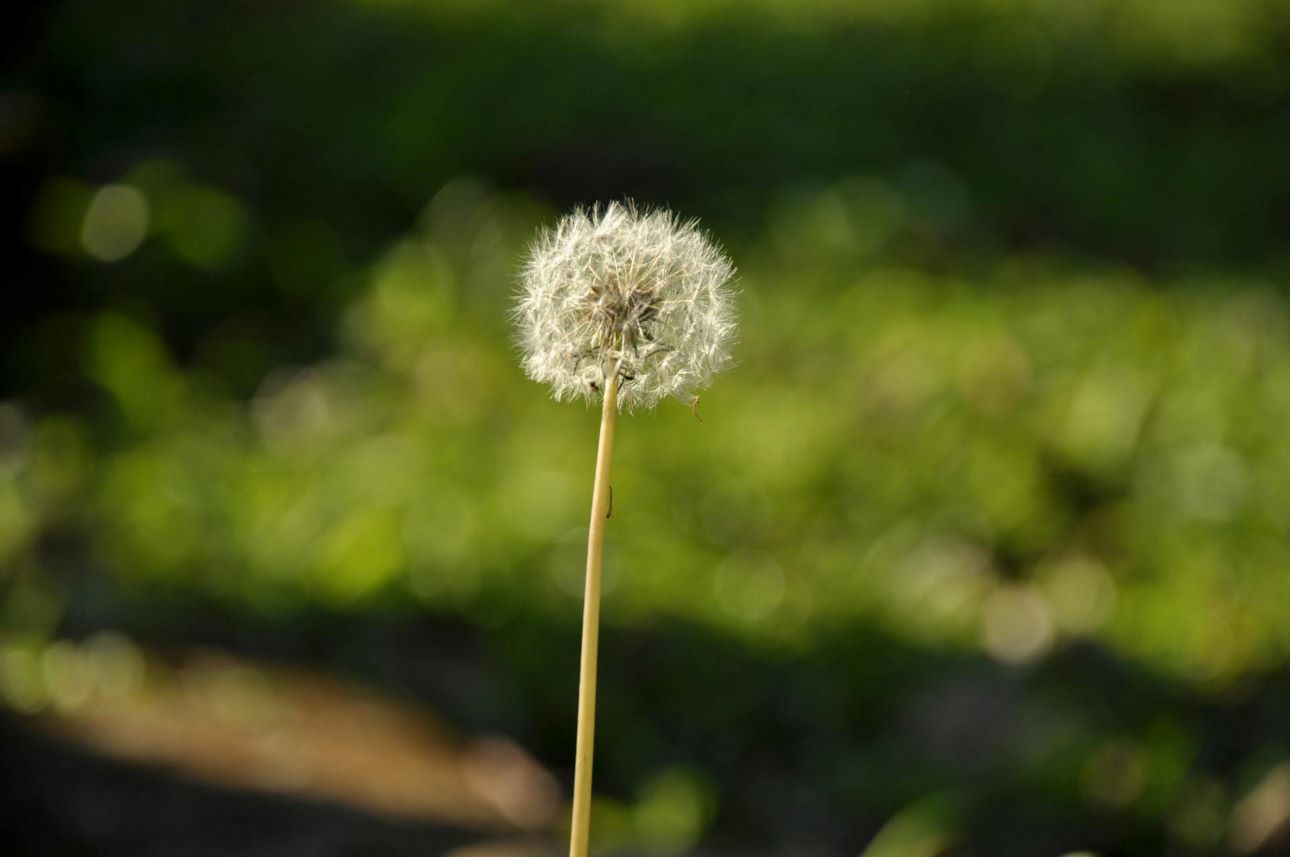Should You Apply Pre-Emergent Herbicide in Spring?

Pre-emergent herbicides are products applied to the soil, aiming to prevent weed growth in lawns and landscapes. This proactive approach helps keep weeds from emerging and taking over to contribute to a healthy, weed-free lawn.
Much like with planting grass plugs, timing is crucial when applying pre-emergent herbicides—you have to apply them before weed seeds begin to germinate. Choosing and applying the right herbicide correctly are also key factors to successfully using pre-emergents and maintaining a lush, green lawn without the intrusion of weeds.
What is Pre-Emergent Herbicide?
Pre-emergent herbicides work by disrupting the cell division of weed seeds, inhibiting their growth before they emerge from the soil. These chemicals deprive the weed seeds of nutrients essential for germination and create a chemical barrier on the soil surface to prevent weed root growth. By targeting weed seeds before they sprout, a pre-emergent herbicide is a proactive method for controlling weeds and maintaining a clean, healthy, and weed-free lawn.
These treatments can be selective or non-selective.
- Selective herbicides target specific weeds, making them safe to use in areas with desired plants and grasses. They are ideal when only one or a few types of weeds are present in your lawn, but make sure to know which weeds are thriving in your yard to use them effectively.
- On the other hand, non-selective herbicides kill anything they touch, including weeds, plants, and grasses. They are suitable for areas where you want to completely clear vegetation, such as driveways. However, you can also use them on a lawn to target specific weeds, but be cautious to avoid harming your existing grass.
Weeds can emerge in different seasons, with some appearing in colder months and others thriving in warmer conditions. To use pre-emergent herbicides effectively, it's essential to time your application based on the types of weeds that usually grow in your lawn. Understanding the seasonal patterns of weed growth can help you apply the herbicide at the right time to prevent weeds from taking over your lawn.

When to Apply Pre-Emergent Herbicide in Spring
Some of the most common weeds emerging in spring include clover, dandelions, chickweed, and thistle. These weeds usually appear when the average ground temperatures have been consistently 55 degrees Fahrenheit. They produce seeds during the summer months and tend to fade away in the fall as temperatures drop.
For spring weeds, apply pre-emergent herbicide before the weed grows, usually before the soil temperature reaches 55 degrees Fahrenheit, but not so early that it breaks down before the weeds emerge. Check the weather forecast for rain. Moreover, granular herbicides should be applied on calm days to prevent wind from blowing them away. Ensure temperatures are warm and relatively humid, but not too humid to avoid dilution. If there has been consistent rain, wait for the ground to dry thoroughly before applying the herbicide.
How to Apply Pre-Emergent Herbicides
Using herbicides can help keep your lawn free of broadleaf and grassy weeds. It's best to follow package instructions to ensure correct application, timing, and amount to avoid damaging desirable plants.
Applying Granular Pre-Emergent Herbicide
Granular herbicide is a cost-effective treatment option for smaller yards, but it requires a spreader for an even application. To apply, use a broadcast spreader, either manual push or hand-held, and fill it with the granules according to the recommended application rate. Spread the granules evenly by maintaining a steady pace when releasing them from the spreader. Afterward, dampen the area with half an inch of water after application to allow the granules to absorb into the soil.
Applying Liquid Pre-Emergent Herbicide
Using liquid pre-emergent herbicide is straightforward and is usually applied using a sprayer. Mix the herbicide with water according to the correct ratio specified on the label. Apply the treatment to the coverage area, row by row, like how you mow your lawn, to ensure even application. Afterward, wait 12-24 hours for the liquid to be absorbed and your grass to dry before resuming your regular lawn care routine. Avoid watering immediately after application to prevent the product from being washed away before it can take effect.
What is the Best Herbicide Treatment For Your Lawn?
The best pre-emergent herbicide for your lawn will depend on your specific needs, based on the type of weeds you want to control, treatment coverage, the time of year you are applying the herbicide, and whether you prefer a selective or non-selective treatment.

Final Thoughts
It's essential to time the application of pre-emergent herbicides before the weeds grow, which for most broadleaf weeds is in early spring. Meanwhile, grassy weeds like crabgrass are best targeted in late spring or early summer when they germinate.
Applying pre-emergents in the fall can also prevent winter weeds from sprouting in the spring. It's important to avoid combining pre-emergents with other lawn care products, such as fertilizer, and consider using post-emergent herbicides to address already-existing weeds.
In addition to chemical treatments, you can maintain a weed-free lawn through sustainable methods such as establishing a healthy, dense lawn with no room for weeds to grow. One effective way to achieve this is by using grass plugs that establish faster than grass seed, providing a dense turf that naturally suppresses weed growth. This approach not only reduces the need for chemical herbicides but also contributes to a more sustainable lawn care routine.
Did you find this article helpful? Share your thoughts by leaving a comment.


